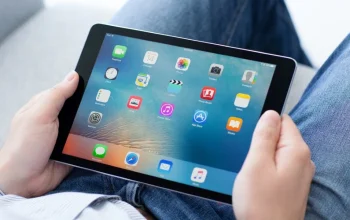Technology is updating at a breakneck speed and keeping up with it has become tougher. The evolution is almost unstoppable now and it is wise to get involved in digitization rather than running away from it. The AV interface is not behind the updates and this is only making it versatile and sharp. It is also important for you to know the digital journey of HDMI transmission from analog scart connections. We know this is quite a daunting task and hence we are helping you out with the same in a precise manner.
Digital Transfer with DVI
Initially, the TFT display screens used to receive their data using this where they converted the analog signals to digital ones using a convertor. This was a much-complicated process and a lot of quality used to get eaten up this way. With changes heading towards TVs, the demand changed and digital transformation is directly needed. the Digital Visual Interface or DVI today replaces the Video Graphics Array or VGA entirely between the modern monitor and the graphics card. But the technology has advanced through that too.
Transfer with HDMI
HDMI is the next stage advancement of the DVI and is found in common use through the consumer electronics section and they are responsible for transferring audio and video data. HDMI is known to be backwardly compatible with DVI and the DVI is upwardly compatible with HDMI. Not every HDMI can be converted into a DVI even with adapters. If you are already a user of DVI cables, you can transmit signals using the DVI-D or the DVI-I cables to the HDMI input.
The Comparison
The comparison always brings out the positives and the negatives among both. But there are no doubts about the qualities of the connectors, both HDMI & DVI because they are of excellent quality standards. They are put through constant innovation and adaptation. However, HDMI is still a more unique solution over the other. It can expand its ability to carry both uncompressed and compressed video and audio. DVI needs additional support to transmit audio signals which is not the case for HDMI cables. DVI connections are suitable for copy protection, but you need to check once before buying. HDMI connections provide copy protection entirely.
Primecables DVI cables are built with quality and assured standards, which once brought home will not liberate cases of complaints or discomfort at all.





